Lythrum L.
loosestrife
Lythraceae
Ammannia, Hypericum, Ludwigia, Lysimachia, Mimulus, Nesaea, Rotala
North America, Europe, Africa, Asia, Australia
Lythrum alatum Pursh.
L. salicaria L.
L. virgatum L.
Lythrum hyssopifolia L. is introduced into North America, New Zealand and Australia, where it may be native.
L. junceum Banks & Sol. is introduced into Australia and New Zealand
L. salicaria L. is introduced into Australia, New Zealand and North America
L. portula (L.) D.A. Webb, L. thymifolia L., L. tribracteatum Salzm. ex Spreng. and L. virgatum L. are introduced into North America.
Lythrum salicaria (purple loosestrife) is declared a noxious weed in many countries; L. virgatum is also considered a noxious weed.
small herb to medium-sized shrub, emergentemergent:
(adj) (syn. emersed) with parts raised out of the water; extending up out of the water
Stem erect, creeping or floating. Leaves oppositeopposite:
(adj) (of leaves) two leaves per node; in pairs on opposite sides of an axis
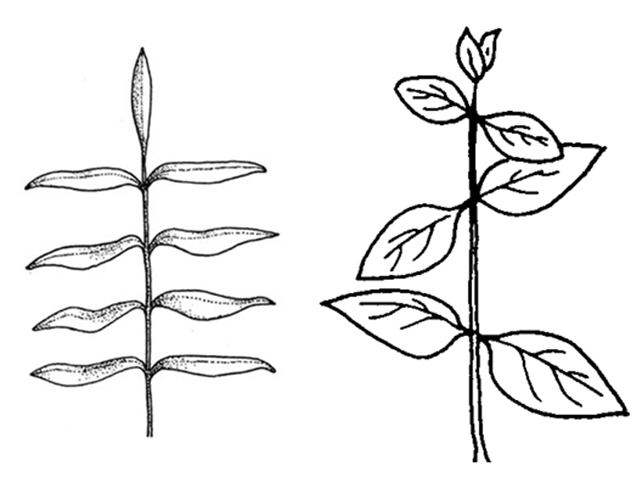 , whorledwhorled:
, whorledwhorled:
(n) bearing whorls; a type of leaf arrangement (phyllotaxis) in which leaves are in whorls
 or alternatealternate:
or alternatealternate:
(adj) (of leaves) bearing one leaf per node; placed singly on the stem at different heights
 , usually sessilesessile:
, usually sessilesessile:
(adj) attached directly, without a stalk
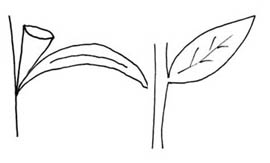 ; leaf bladeblade:
; leaf bladeblade:
(n) (syn. lamina) the flat, expanded part of a leaf, frond, or petal (excluding, e.g., the petiole)
 linear to ovateovate:
linear to ovateovate:
(adj) egg-shaped in outline; generally with the broad end at or near the base
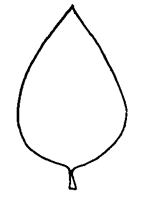 or ob ovateovate:
or ob ovateovate:
(adj) egg-shaped in outline; generally with the broad end at or near the base
 ; base acuteacute:
; base acuteacute:
(adj) tapering to a sharp, pointed apex with more or less straight sides; broader than acuminate; forming an angle of less than 90 degrees , obtuseobtuse:
, obtuseobtuse:
(adj) with a blunt or rounded apex and sides coming together at an angle of more than 90 degrees
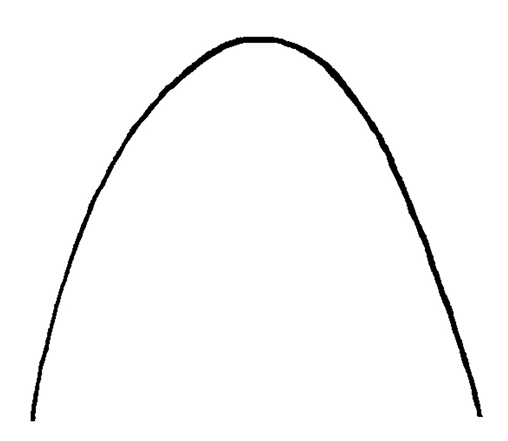 to cordatecordate:
to cordatecordate:
(adj) heart-shaped; in the form of two rounded lobes
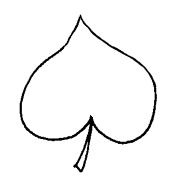 . Flowers actinomorphicactinomorphic:
. Flowers actinomorphicactinomorphic:
(adj) of flowers, having radial symmetry; capable of being bisected into identifical halves along more than one axis
or slightly zygomorphiczygomorphic:
(adj) bilaterally symmetrical; symmetrical along only one plane
, solitary in leaf axils or in complex inflorescences, usually a terminalterminal:
(adj) at the apex
spike. Sepalsepal:
(n) a member of the outer envelope of a flower (calyx)
 tube campanulatecampanulate:
tube campanulatecampanulate:
(adj) bell-shaped
 to tubulartubular:
to tubulartubular:
(adj) (of a corolla, perianth, calyx tube or other structure) (1) tube-shaped; cylindrical: narrow and elongate with more or less straight sides; (2) having segments fused into a tube (of any shape)
, lobes 6 (4); petals usually 6 (4), pink to purple. Propagules are seeds.
littorallittoral:
(adj) of or along the shore
, wet ground, and marginal shallows
Lythrum contains 30 species, typically wetland species with about six aquatic. Lythrum virgatum is similar to L. salicaria but has narrower, glabrousglabrous:
(adj) without hairs or scales
leaves with acuteacute:
(adj) tapering to a sharp, pointed apex with more or less straight sides; broader than acuminate; forming an angle of less than 90 degrees base and flowers in a leafy racemeraceme:
base and flowers in a leafy racemeraceme:
(n) an indeterminate, unbranched inflorescence having pedicelled flowers on a usually elongated axis (may be cymose)
 .
.